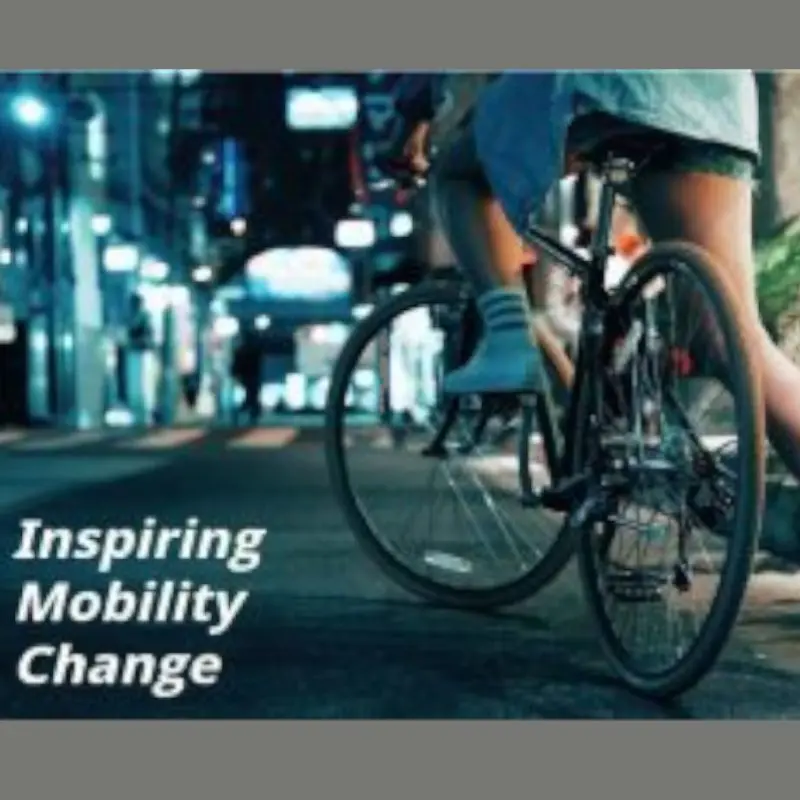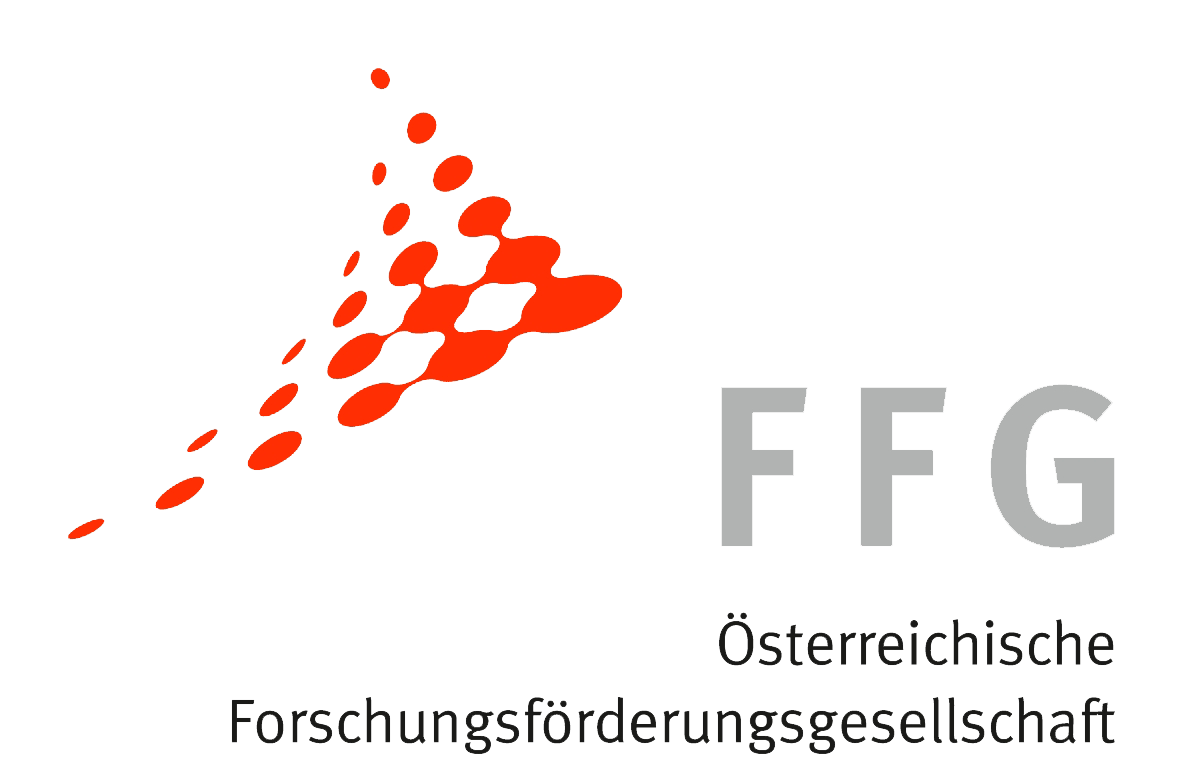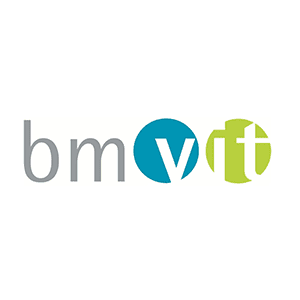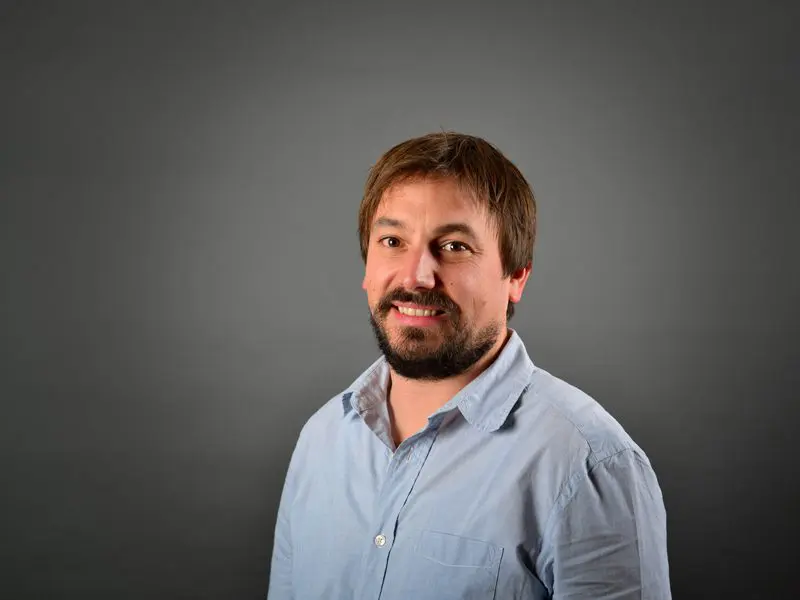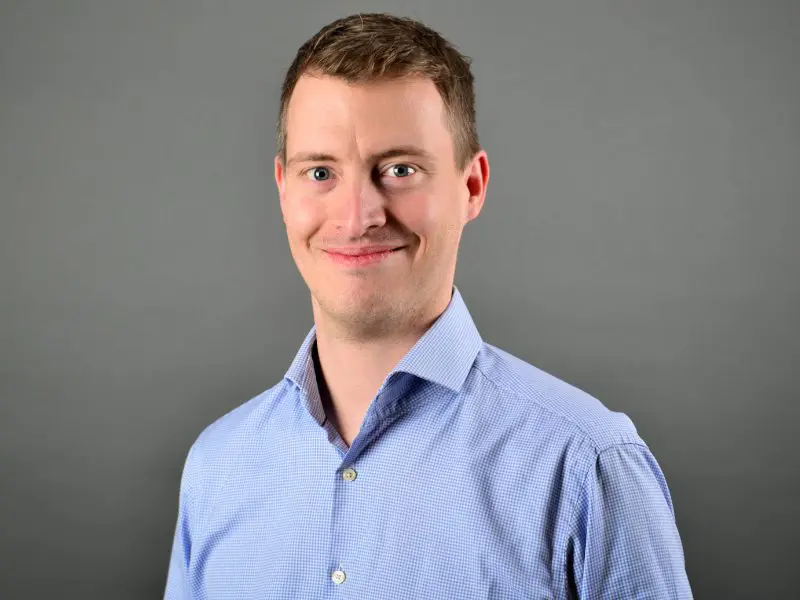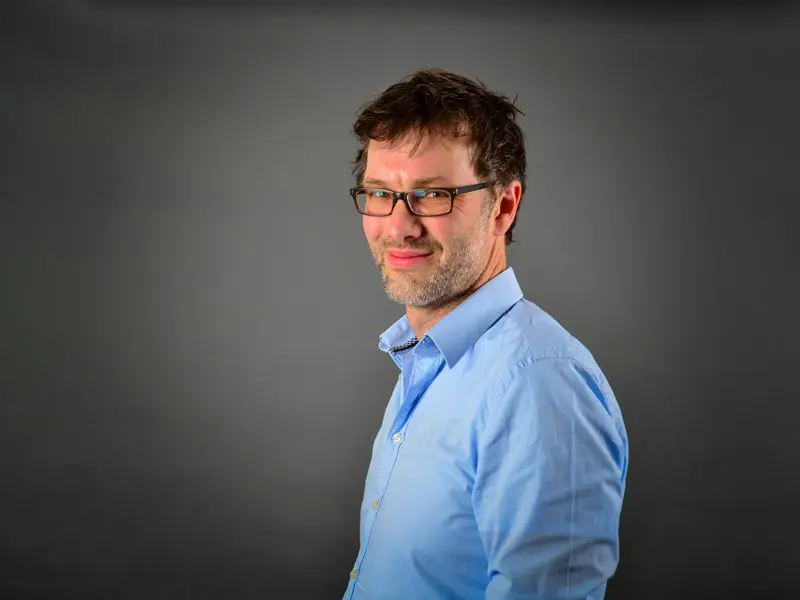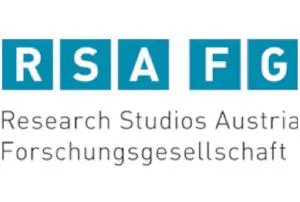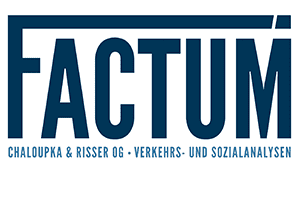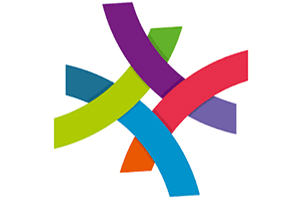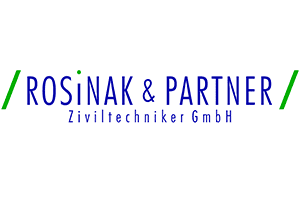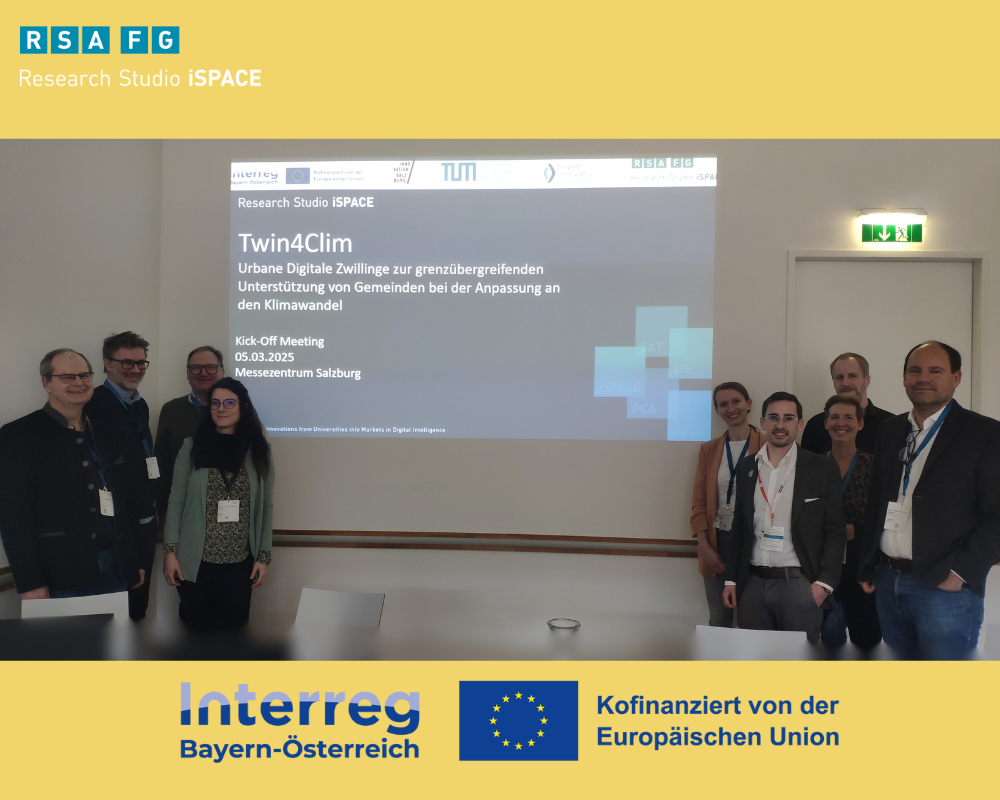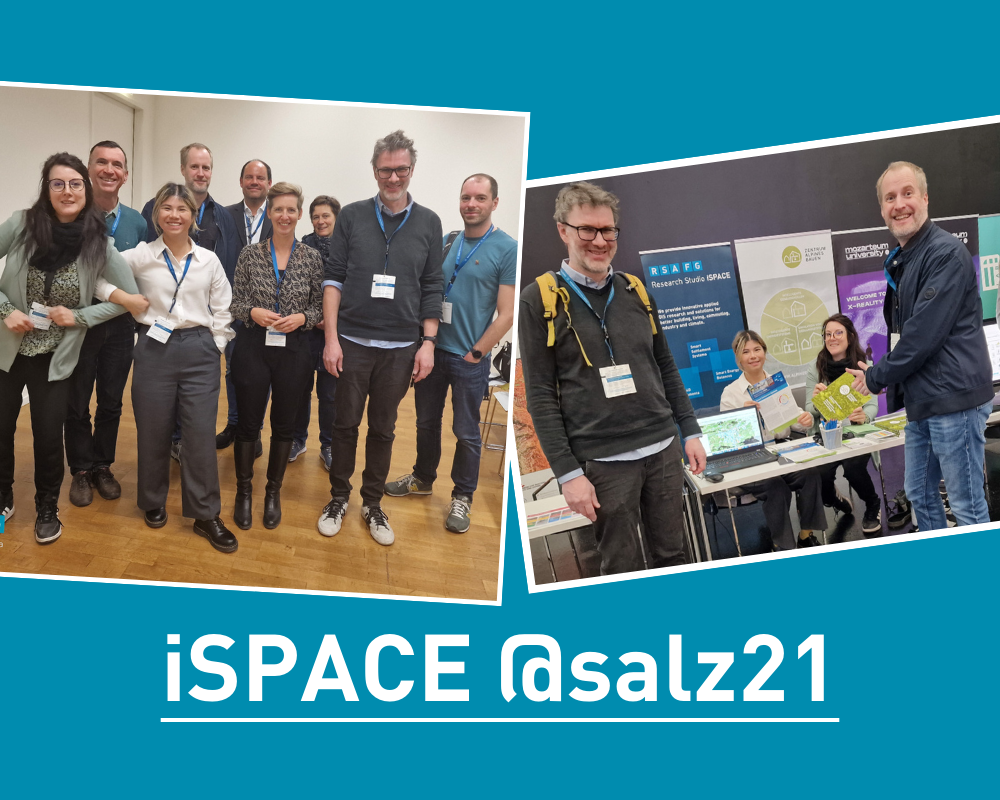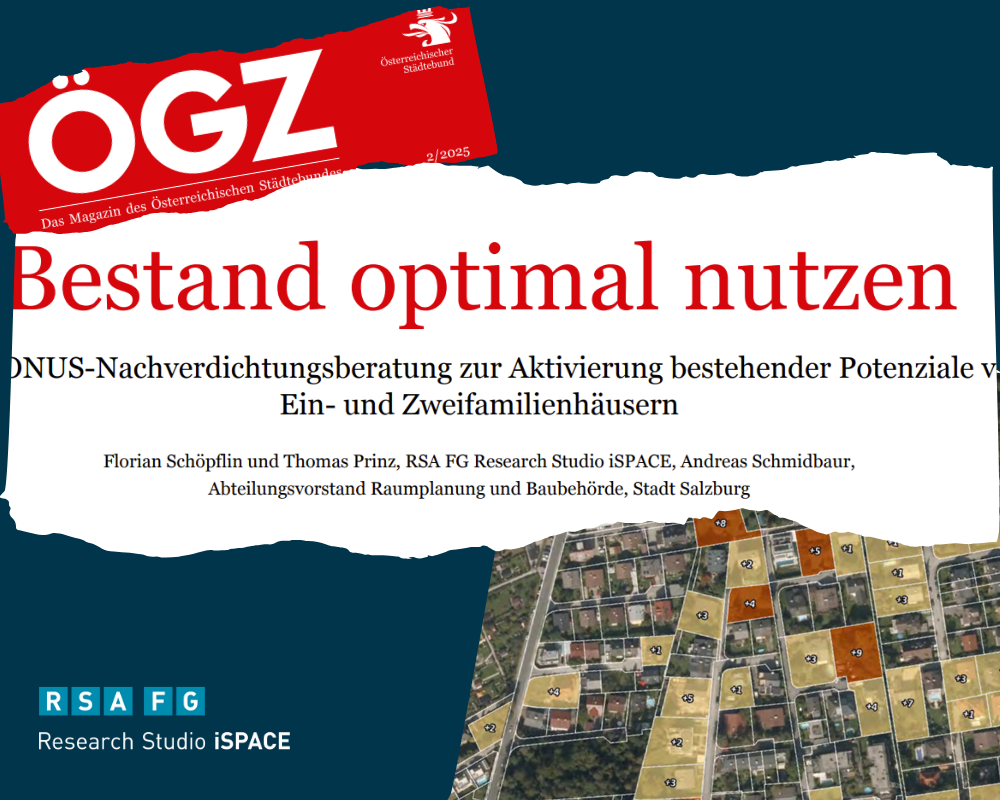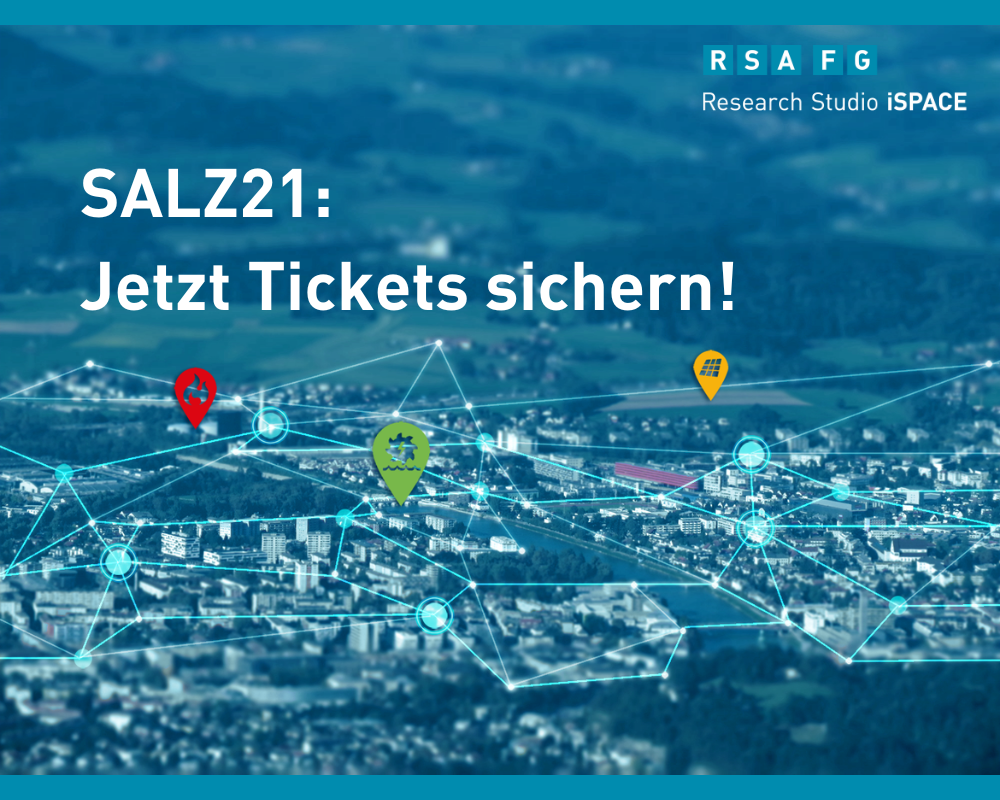Application Details
Assess and implement mobility solutions
From 2015 to 2016
A high-quality public transport service contributes significantly to maintaining individual mobility. In this sense, public transport is a guarantee for mobility for all age groups, because not everyone has their own motorised means of transport. Particularly in rural areas, people (mainly senior citizens and children) without a car of their own are disadvantaged and their mobility is severely restricted unless they have access to an appropriate public transport service.
For this reason, MobilityOptimizer aims to support forward-looking, high-quality public transport planning with easy-to-use planning instruments. Innovative modules are used to trigger currently relevant contributions to transport policy tasks in order to initiate mobility-relevant change processes.
In rural areas, public transport development and public transport services should not be limited to a minimum supply, but should be oriented towards the realisable demand potentials and optimised accordingly. Therefore, MobilityOptimizer develops new methods to realistically estimate the demand for public transport and alternative mobility solutions, based on relevant previous projects and nationwide public transport standards. By modelling demand potentials for stops / residential areas, planners should be able to better estimate where either an economical public transport operation is possible in the long term or where microsystems and alternative mobility solutions can ensure a demand-oriented supply.
A particularly important success factor at this point is to involve the population in the planning process and thus develop target group-oriented solutions. For this purpose, the project will develop a feedback possibility for public transport users, which will be integrated directly into the planning tool via an interface. Thus, public transport users will be able to give feedback, wishes and suggestions for improvement in a structured form, which will be directly integrated into an optimised service planning.
The project partner Salzburger Verkehrsverbund contributes significantly to the pilot implementation, whereby special attention is paid to Austria-wide transferability by using uniform data and interfaces (VAO / GIP). In order to ensure that the planned feedback option is accepted by public transport users and thus brings clear added value to the planning of public transport services, their needs and requirements will be determined in focus group interviews.
The integrative combination of innovative components, such as the estimation of realisable demand potentials for public transport and alternative mobility solutions and the integration of user feedback via an appropriate system, thus creates a transferable planning tool with high application benefit that promotes an optimal supply design in terms of equal and demand-oriented mobility.
Leadpartner: Studio iSPACE, Factum, Rosinak & Partner, Salzburg Verkehr, TraffiCon
Our research team
